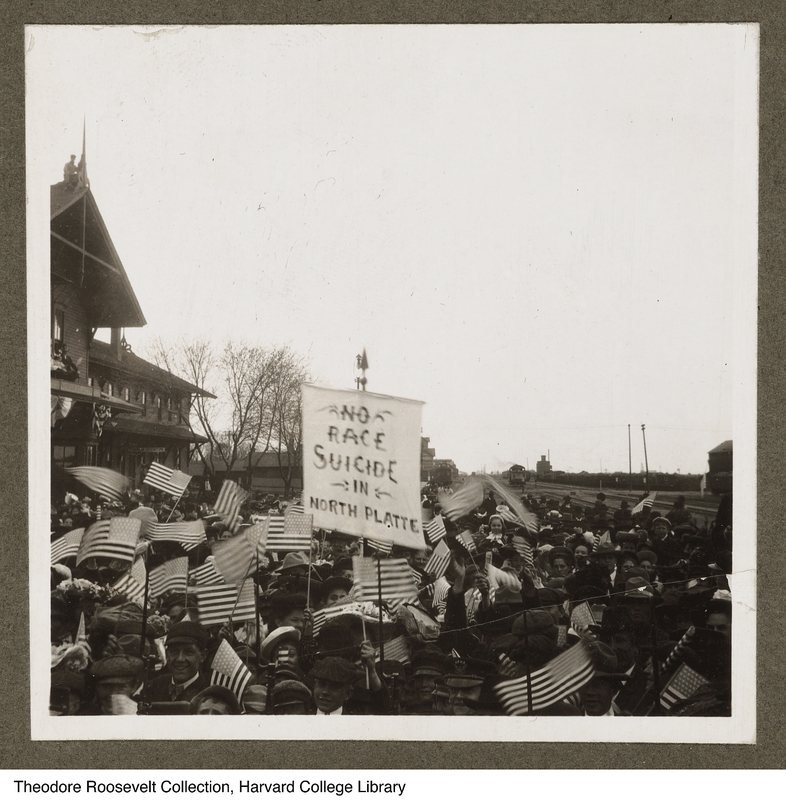Legislating Immigration Policy

Courtesy of Houghton Library, Harvard University, R560.52.Em3s-045, Gift, Roosevelt Memorial Association, 1943
The U.S. Immigration Commission, known as the “Dillingham Commission,” was formed in 1907 in response to growing political concern about immigration in the United States. Under the leadership of Vermont Senator William Paul Dillingham, the Commission concluded that immigration from southern and eastern Europe posed a serious threat to American society and culture, and should be greatly reduced.
The Commission’s findings provided the rationale for the immigration restriction acts of the 1920s, such as the Emergency Quota Act of 1921. This policy favored immigration from northern and western Europe by restricting the annual number of immigrants from any given country to 3% of the total number of people from that country living in the United States in 1910. The movement for immigration restriction culminated in the National Origins Formula of 1929, which capped national immigration at 150,000 annually, and barred Asian immigration altogether.
The sign “No Race Suicide” refers to a controversy regarding falling birthrates among U.S.-born citizens versus recent immigrants.